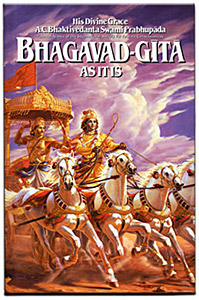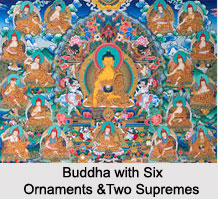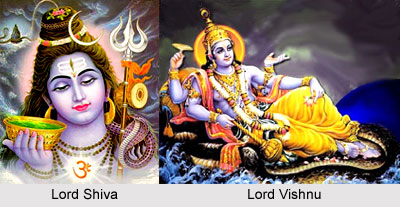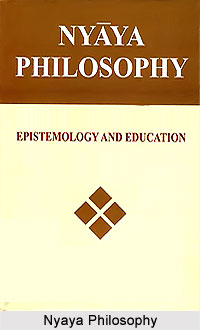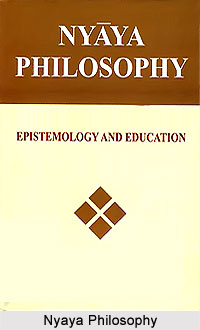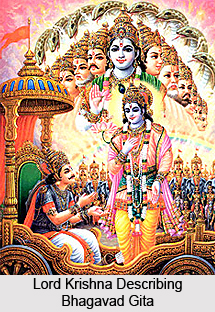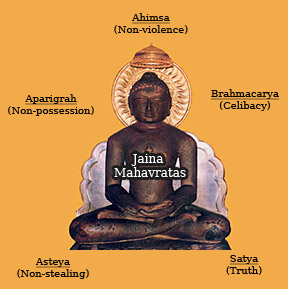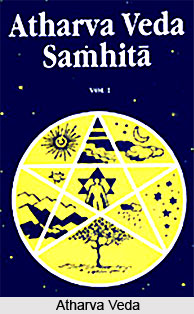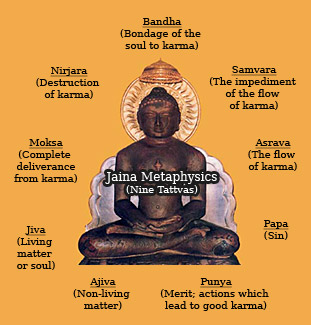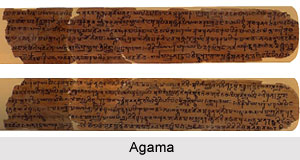 In Sanskrit, `Agama` means a divine system of doctrine. It commands faith. It refers to sets of scriptures in Hinduism, Buddhism and Jainism that developed from the Upanishads.
In Sanskrit, `Agama` means a divine system of doctrine. It commands faith. It refers to sets of scriptures in Hinduism, Buddhism and Jainism that developed from the Upanishads.
The Agamas are the chief source and authority for Yoga methods and instruction. As per the Shaiva Agamas, the ultimate reality is Lord Shiva. In the same way, this place is allotted to Lord Vishnu as per Vaishnava Agamas. Again, the Shakta-Agamas idolize Shakti, the spouse of Shiva as the ultimate reality and the Divine Mother of the universe. Each set of texts expands on the central theological and philosophical teachings of that denomination.
The Pancharatra and Vaikanasa Agama are the two main schools in the Vaishnava Agama. The Shaiva Siddhanta philosophy in South India and the Pratyabhijna system of Kashmir Shaivism developed from the Shaiva Agama. The Smartas mainly rely in the Smriti texts but they recognize the Agamas.
The word `Agama` literally means religion in the Malay language. The Agamas are also sometimes known as Tantras. The Agamas also describe the philosophy and spiritual knowledge behind the worship of the deities. They tell about the Yoga and mental discipline required for this worship and the specifics of worship offered to the deity.
Each Agama has four parts. The philosophical and spiritual knowledge contains the first part of the Agamas. The second part consists of the yoga and the mental discipline.
The third part specifies rules for te construction of temples and for sculpting and carving the figures of deities for worship in the temples. The fourth part of the Agamas consists of rules pertaining to the observances of religious rites, rituals, and festivals. The Agamas describe the rules for `Shilpa` (the art of sculpture). It explains the quality requirements of the places where temples are to be built, the kind of images to be installed, the materials from which they are to be made, their dimensions, proportions, air circulation, lighting in the temple complex etc. The Agamas provide the rules like the Manasara and Silpasara. The daily rituals of the temple are also given in the Agamas. The three essential requirements for a place of pilgrimage, Sthala, Teertham and Murthy are also given in the Agamas.


